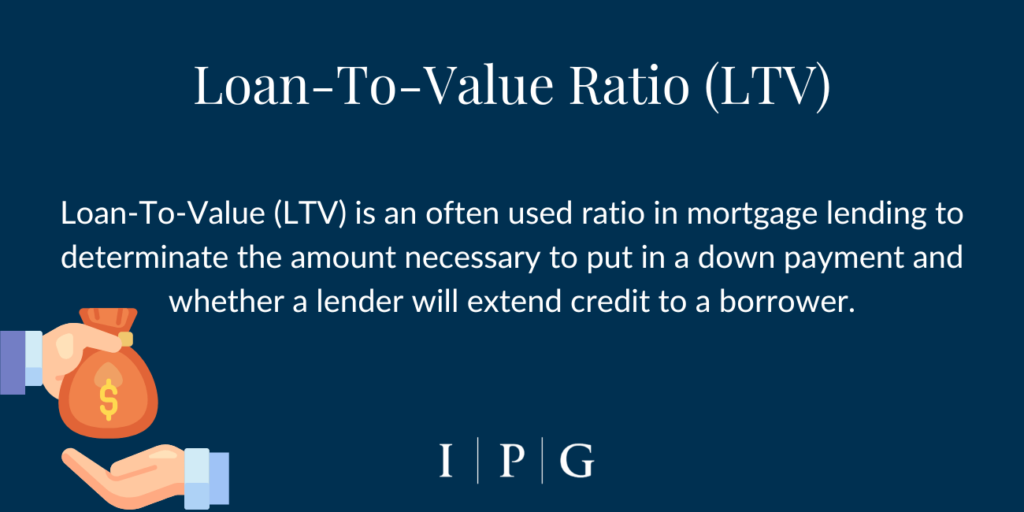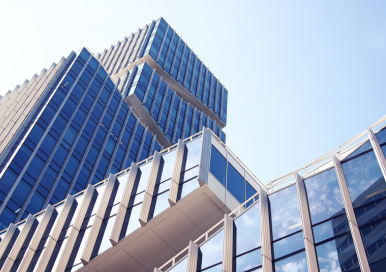Wellness Real Estate Market Trends & Forecast

The global wellness real estate market is undergoing a major transformation—emerging as one of the fastest-growing sectors within both real estate and wellness industries. Driven by shifting lifestyle priorities, post-pandemic demand for healthier environments, and institutional investor interest, this sector is forecast to more than double in value over the next five years.
At IPG, we’ve been closely tracking the growth of wellness-aligned assets across office, residential, and mixed-use developments. In this article, we break down the data, key trends, and what’s next for investors, developers, and occupiers entering the wellness real estate space.
A $438 Billion Global Market—and Growing Fast
According to the Global Wellness Institute (GWI), the wellness real estate market reached $438 billion globally in 2023—more than doubling since 2019. This remarkable growth represents a compound annual growth rate (CAGR) of 18.1%, outpacing nearly all other segments of the wellness economy.
Looking ahead, the market is projected to reach:
- $913 billion by 2028, and
- $1.1 trillion by 2029,
according to multiple sources including Transparency Market Research and GWI.
For comparison, traditional real estate construction is growing at an estimated 5.1% CAGR—meaning wellness real estate is expanding at 2–3x the pace of the overall real estate market.
What’s Driving the Growth?
1. Post-Pandemic Lifestyle Shifts
After COVID-19, wellness is no longer a luxury—it’s a priority. People are looking for homes, offices, and spaces that actively support mental and physical health. This includes everything from biophilic design and purified air systems to access to nature and wellness-focused community amenities.
2. Workplace Redesigns
Commercial developers and occupiers are integrating wellness features to attract and retain talent. Indoor air quality, lighting, and restorative spaces are now seen as essential components of modern workplace strategy—not perks.
3. Consumer Willingness to Pay More
Research cited by GWI shows that wellness-aligned properties command:
- Price premiums of 10–25% in residential assets
- Rental premiums of 4.4–7.7% in commercial real estate
Buyers and tenants are not just interested—they’re willing to invest in healthier, more intentional spaces.
U.S. Market Trends: California Leads the Way
The United States remains the largest national market for wellness real estate, accounting for over $181 billion in 2023 alone. Within the U.S., California stands out as a hub for innovation in wellness-focused development, spanning sectors from residential communities and mixed-use to wellness hospitality and medical office.
At IPG, we’re seeing increased interest across the Bay Area, Southern California, and Wine Country, where wellness is being woven into the fabric of real estate—often at the intersection of design, sustainability, and health.
What to Expect in the Next 5 Years
As wellness becomes part of mainstream development, we expect to see:
- Certification demand rise (WELL, Fitwel, RESET)
- More capital flowing into health-driven multifamily and office assets
- Technology integrated for continuous air, water, and sound quality monitoring
- Developers repositioning traditional assets with wellness upgrades to meet tenant expectations
The focus is shifting from amenities to infrastructure—wellness is no longer just a selling point. It’s becoming the standard.
If you’re exploring the future of wellness-aligned investment or development, we recommend starting with the fundamentals.
Read our guide: What Is Wellness Real Estate?




